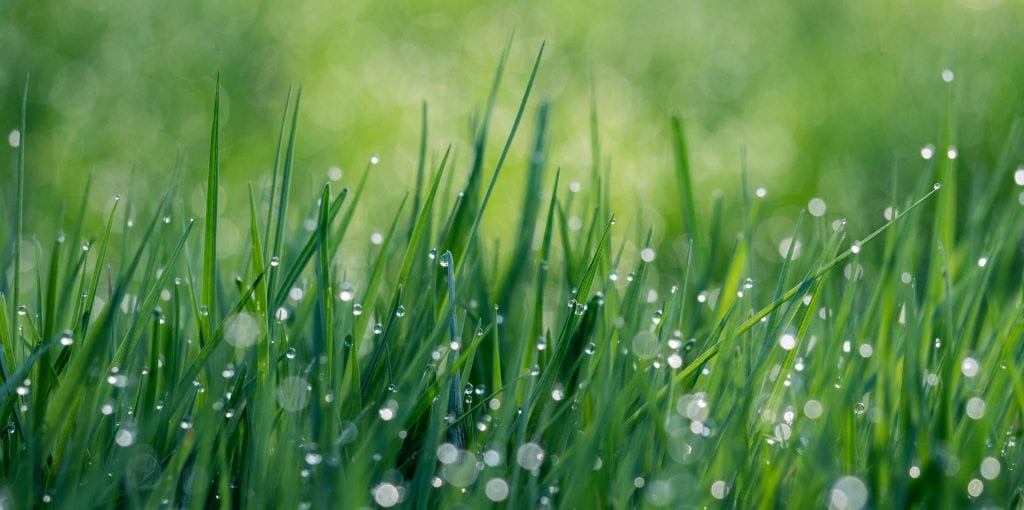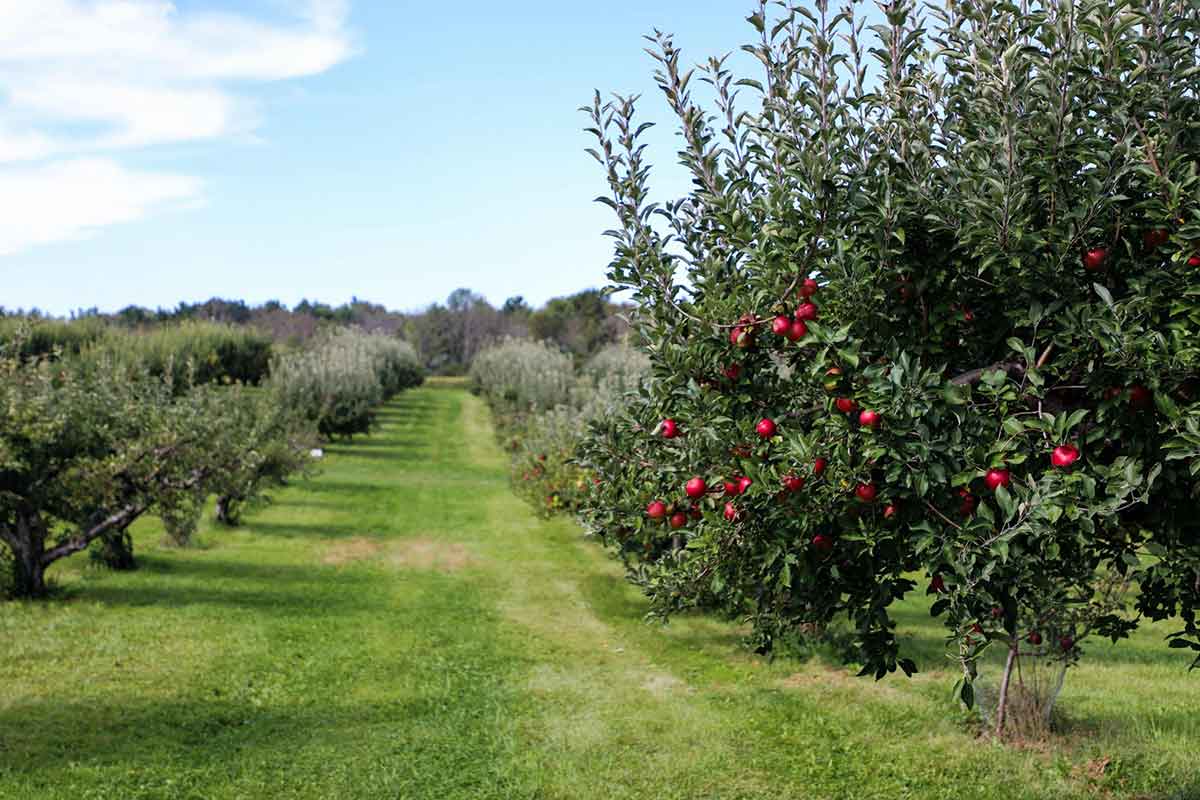A healthy, lush green lawn is the highlight of any good garden and will bring your outdoor space to life! Our tips for your summer lawn shape-up…
Feeding and weeding
Warm summer weather uses up the nutrients in your soil as your lawn rapidly grows. Keep your lawn looking at its best by spreading grass feed to encourage grass root development. A lawn spreader will speed-up the process and provide better, even coverage. A seasonal approach to lawn treatment is best, with a spring feed in April when the weather is warming up, followed by a summer feed 10-14 weeks later, and an autumn feed in September to keep your lawn healthy until the following spring.
Choose a fertiliser with the right balance of nutrients for the time of the year; a fertiliser with more nitrogen encourages growth in the spring, whilst extra potassium helps to improve the hardiness of the grass in autumn. Consider the moisture and temperature levels in summer, the ground will need a little moisture for the feed to work effectively in very dry weather.
An alternative option is a once-a-year fertiliser treatment that slowly releases nutrients from spring through to autumn. Apply feed directly after mowing the lawn to allow the nutrients to settle before the next cut. Feeding, mowing and aerating your lawn will help to prevent unwanted weeds. For a large number of weeds, consider applying a chemical method during the spring and summer months.
A drink of water
Water your lawn once a week for optimal growth, preferably in the morning so the sunshine can dry the grass but isn’t too strong and the water evaporates quickly! Reduce the frequency of watering in damp weather when the garden is naturally watered. Make sure your soil is partially dry before watering again. Every garden is different – different soil and weather conditions, so the amount of water required will vary. As a rule of thumb, healthy roots lie approximately 15cm beneath the surface so moistening the soil by 15cm will achieve the best results. With hard soils, water in stages – leaving the water to soak into the soil before continuing. If the soil is too compact it may not absorb much water, use a hollow tine tool to remove little plugs of soil from the lawn to allow air and water to permeate the roots more effectively and relieve compaction.
Mow little and often
Mow your lawn once a week during the summer months, aim to top off a third of the grass length each time as cutting too short leaves the grass vulnerable to drought, weed and moss infestation. Carefully mow damp or long grass which is more susceptible to damage. Reduce the frequency of mowing during very hot dry weather when the grass is stressed. Aim for a lower cut during spring and autumn to allow sunlight through. Replace worn cutting blades with sharp ones to prevent tearing the grass.
Repairing and re-seeding
Rake the grass vigorously to remove thatch and moss debris, and allow air and sunlight to the grass roots. A drag or framed harrow will pick-up thatch and moss on large lawns. Apply a thin layer of sandy top soil (aka ‘turf dressing’) to repair bare spots, hollows or bumps in your lawn and patching products to repair patches of dried dead grass. Spring and autumn are the best times for repairing and re-seeding. Regular watering, weeding, mowing and feeding will keep your grass healthier for longer!








